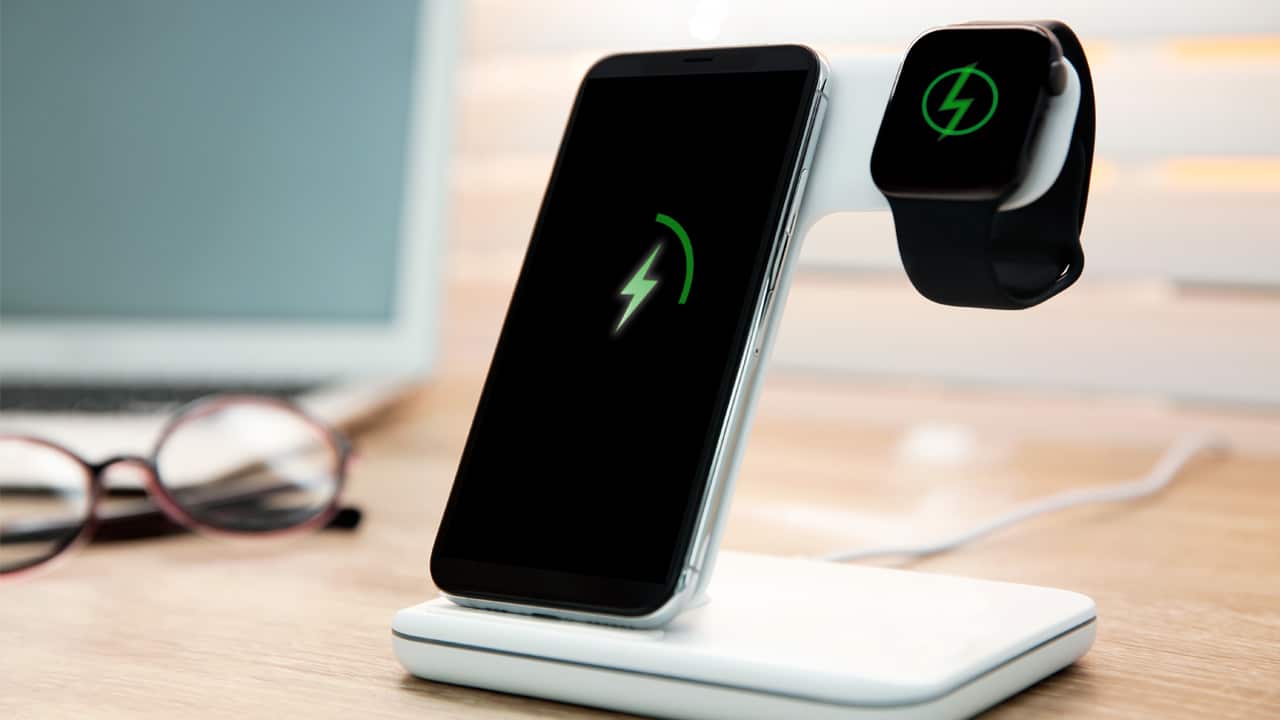It is no secret that the demand for fully or partly electric-powered vehicles on the fleet market is increasing – not least because attractive models from the Group brands Volkswagen, Audi, SEAT, ŠKODA and Volkswagen Commercial Vehicles are boosting this trend.
One challenge that this development continues to pose, however, is that of the charging infrastructure – though things are happening here too. For example, the Federal Network Agency in Germany announced more than 44,000 publicly accessible charging points with in excess of 6,300 fast-charging points for June – not counting corporate and private offers. What is common to the electricity purchasing experience is the fact that the energy transfer is cable-based – but this could also change in the foreseeable future.
Keyword: inductive charging
Strictly speaking, this technology is nothing new. After all, smartphones and electric toothbrushes are already charged in this way. But how this might work with electric vehicles was examined recently by the German Institute for Automation and Communication (ifak) in collaboration with project partners (including the Group brand Audi). And already, system efficiencies of up to 90 per cent have been achieved with a new coil system. The tests were carried out at high loading capacities of up to 11 kW.
Electric vehicles as energy storage devices
Bi-directional charging on a wireless or inductive basis ought to be possible too. This would additionally enable electricity to be recovered from parked electric vehicles or plug-in hybrids and supplied to the power grid. “We were able to show that not only is automatic wireless charging of electric vehicles technically possible, but also recovery of battery power from such vehicles for feeding back into the power grid”, explains ifak project manager Axel Hoppe. For example, the project partners tested the fully automatic charging of the battery and examined whether the charging current recovered could be fed back, also remotely, into the power grid. “With the support of wireless solutions, such as WLAN or also 5G in the future, we were able to resolve this optimally”, explains Hoppe.
Using a bi-directional system, the high-voltage battery in an electric vehicle could therefore be used as a local storage medium, so that if corporate clients have a photovoltaic system, they could use their electric company cars as a temporary storage for the green electricity they generate. When the sun is no longer shining, the vehicle simply feeds the stored energy back into the company’s power grid. This can reduce electricity costs and increase network stability at the same time. In addition, it is even conceivable to achieve almost complete energy autonomy as well as increased certainty of supply in the case of a major blackout by also using an energy storage unit. It is therefore already foreseeable: The new charging technologies can make fleets more flexible and independent in the future – and perhaps even enable completely new business models too.
https://www.volkswagenag.com/en/news/fleet-customer/2021/08/inductive_charging.html#





Leave a comment
This site is protected by reCAPTCHA and the Google Privacy Policy and Terms of Service apply.